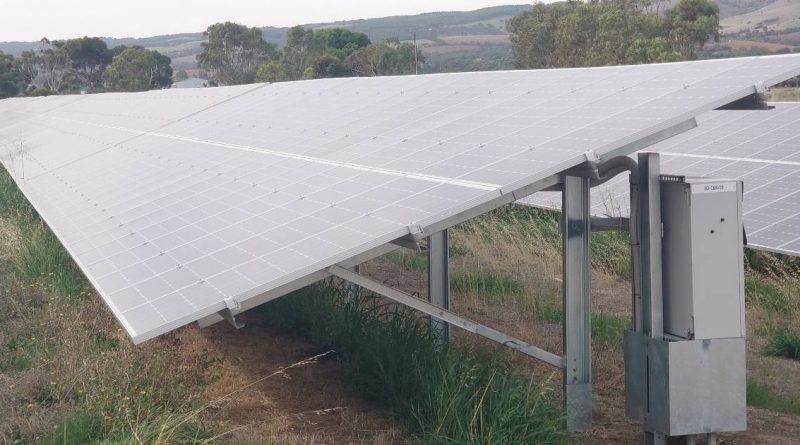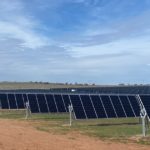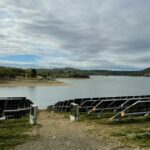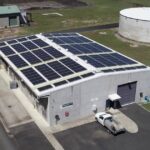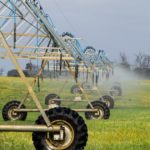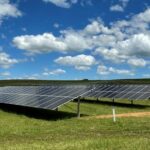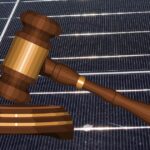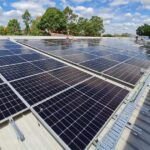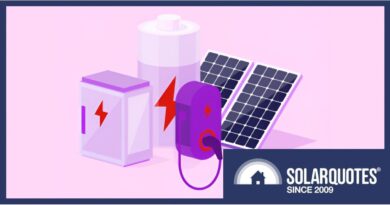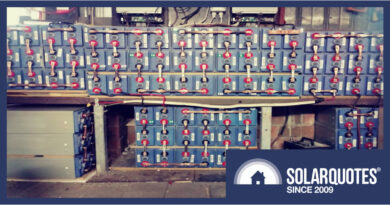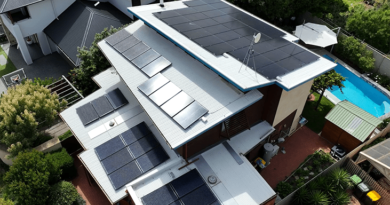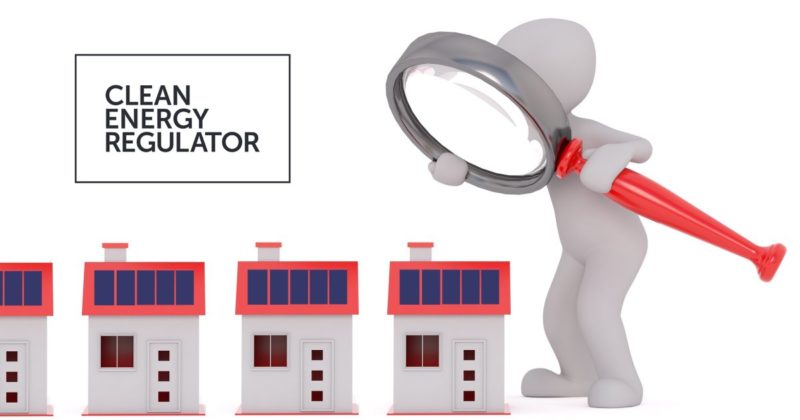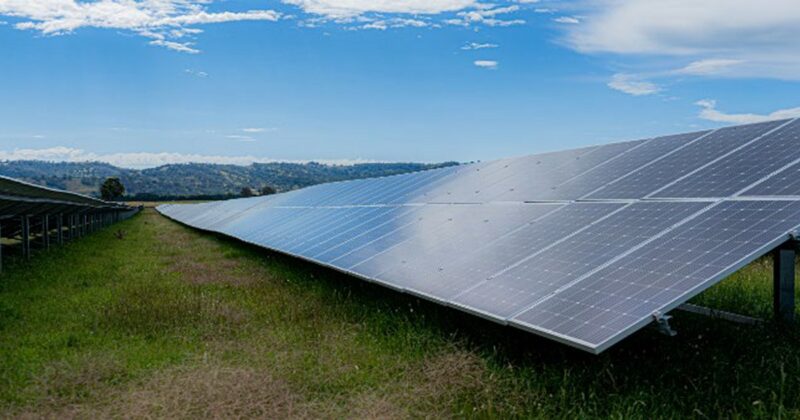Another SA Water Solar + Battery Storage Installation
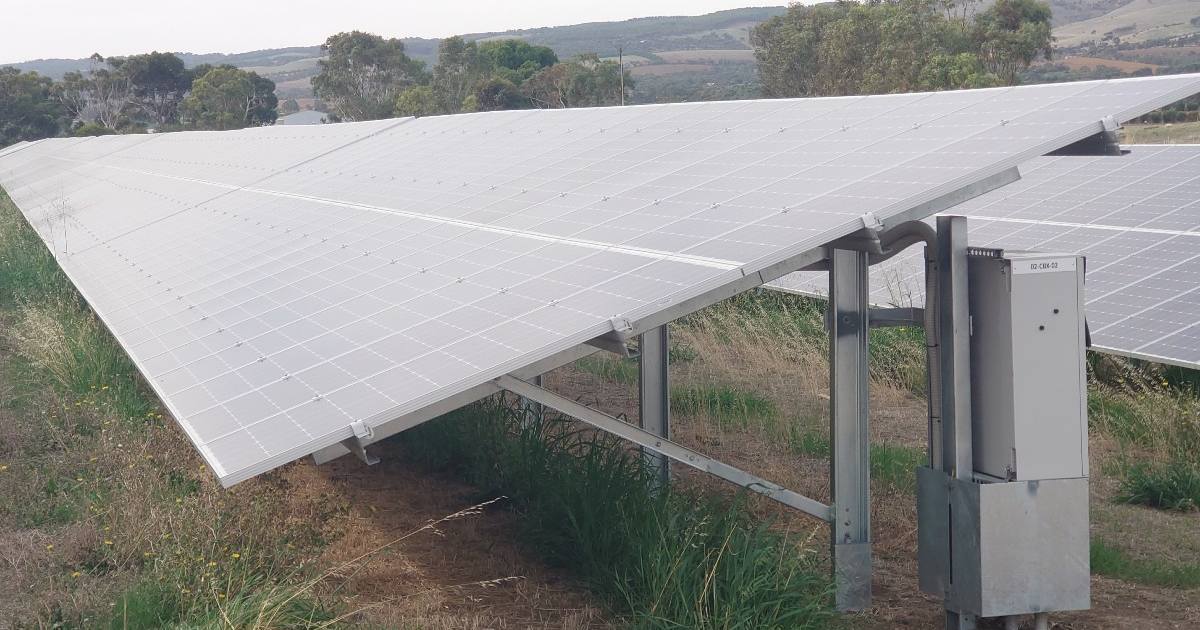

A wastewater treatment plant in Adelaide’s southern suburbs is the latest SA Water asset to have a renewable energy makeover.
The plant at Aldinga is now being powered by close to 4,000 solar panels and also features 1MWh of battery storage. SA Water says the installation is expected to generate 2,439 megawatt-hours of clean electricity annually.
“We’re also proud to set an example as proactive environmental leaders in South Australia, with this particular array reducing carbon emissions by more than 1,000 tonnes each year of operation,” said SA Water’s Nicola Murphy.
The utility’s latest completed PV project adds to the already very impressive tally of solar installations in the Aldinga area. More than 3,100 small-scale solar power systems (<100kW) with a collective capacity of 13.5MW had been installed by households and businesses in the 5173 postcode as at December 31 last year.
The Aldinga project is one of more than 30 installations at various SA Water treatment plants and other infrastructure sites across the state. Under the utility’s Zero Cost Energy Future initiative, almost 370,000 solar panels have been installed so far, ranging from small rooftop systems up to solar farms with tens of thousands of modules.
Among the larger installations is what’s currently the world’s largest fully redeployable solar system at Happy Valley Reservoir, an asset providing drinking water to more than 40 per cent of SA Water customers across metropolitan Adelaide. The 30,000-panel system is based on Australian-developed 5B Maverick technology; a pre-fabricated solar panel and racking solution including concrete ballast shipped in blocks that unfold, also known as “MAVs”.
Solar Smarts, Sewage And Saltbush
SA Water is one of the state’s largest electricity consumers and solar energy is providing the means to slash the utility’s electricity costs, which reached close to $83 million in 2018-19. The Zero Cost Energy Future initiative involves around 154 megawatts of solar power capacity along with 34 MWh of battery storage. Solar installed under the program is expected to generate 242 gigawatt-hours of clean electricity a year.
“This initiative was designed by our people, and shows South Australians leading the way with the smarts and skills to integrate renewable energy and storage across our existing plants, pump stations and other land holdings,” said Ms. Murphy.
As well as generating clean power, SA Water has also been revegetating some sites where panels are installed. For example, native grasses and saltbush were planted under rows of solar panels in what were previously cropping and grazing paddocks at five regional SA Water pump stations.
SA Water also uses other forms of renewables, including hydroelectric energy generation at the Adelaide Desalination Plant. At Bolivar Wastewater Treatment Plant in Adelaide’s north, biogas – a by-product of the sewage treatment processes- is used to generate electricity; enough to power the equivalent of 4,000 households.
SA Water captures enough biogas from wastewater treatment to generate 15 gigawatt hours of electricity a year – around half of the energy needs for all three wastewater treatment plants in metropolitan Adelaide.
Original Source: https://www.solarquotes.com.au/blog/sa-water-solar-aldinga-mb2346/

